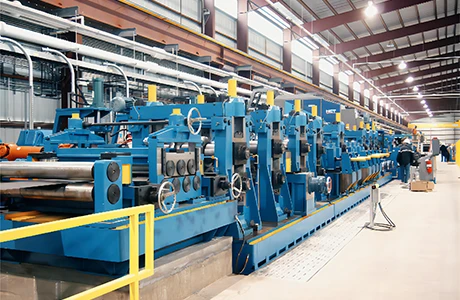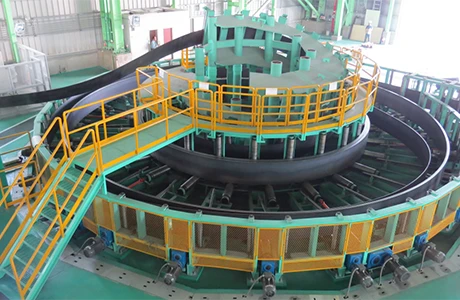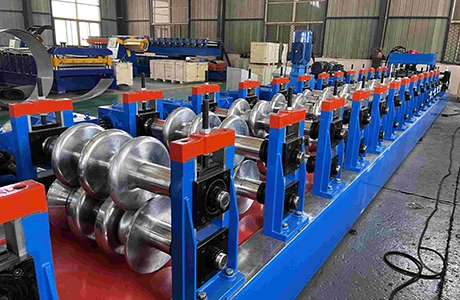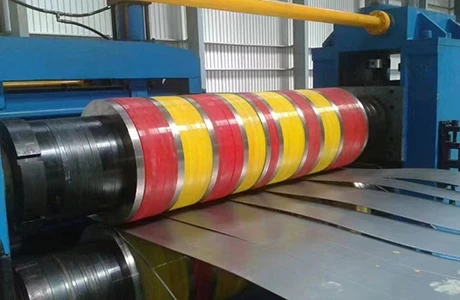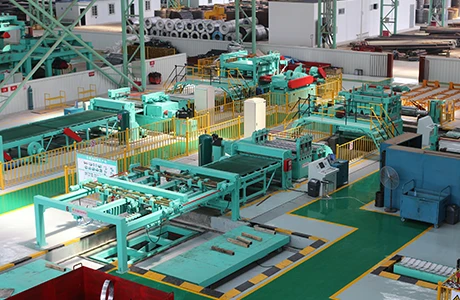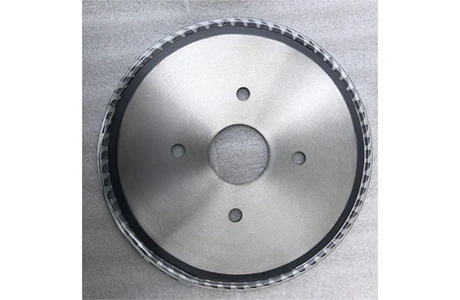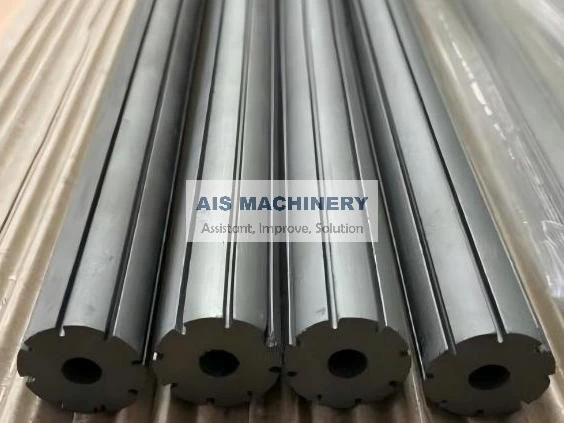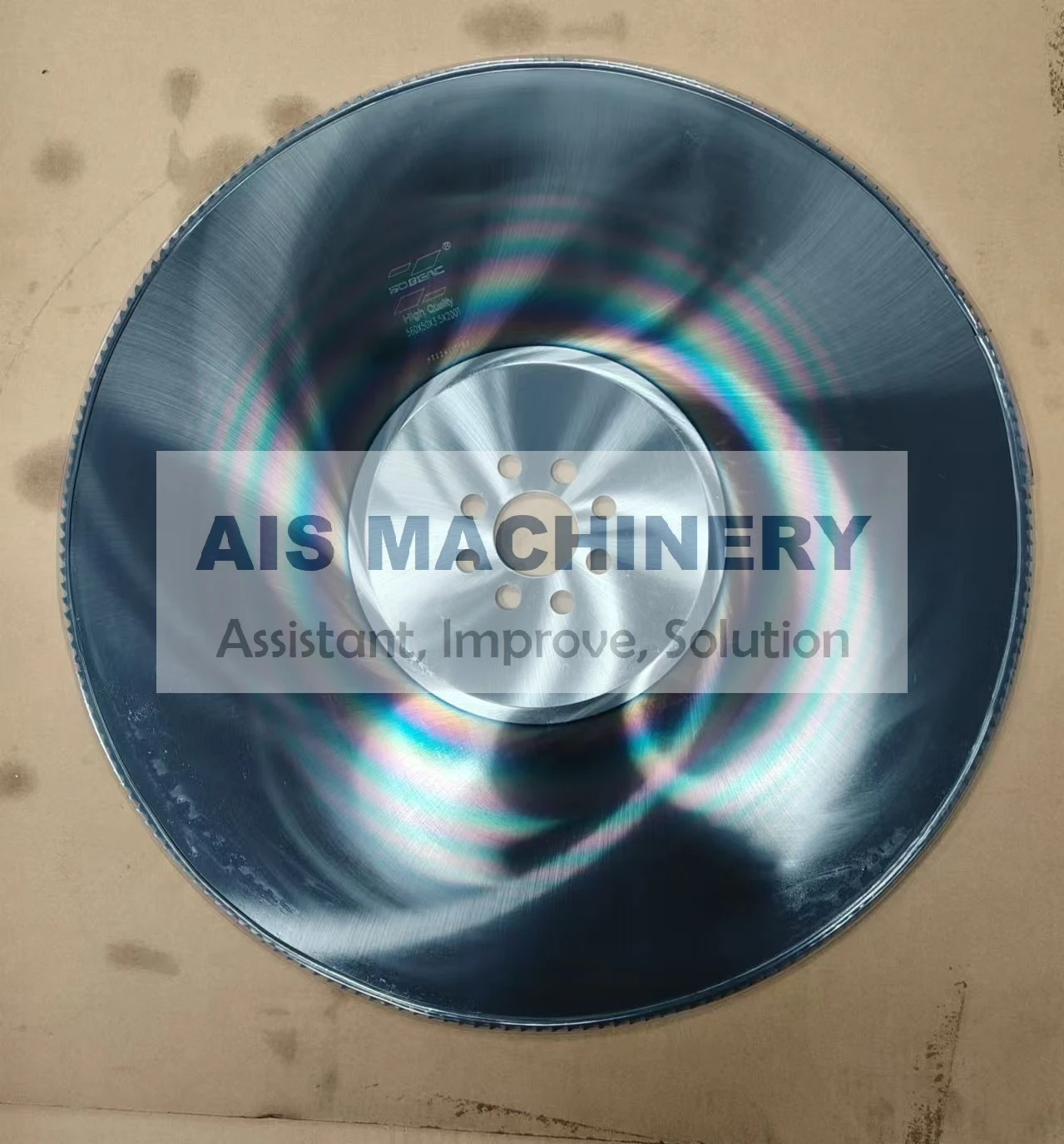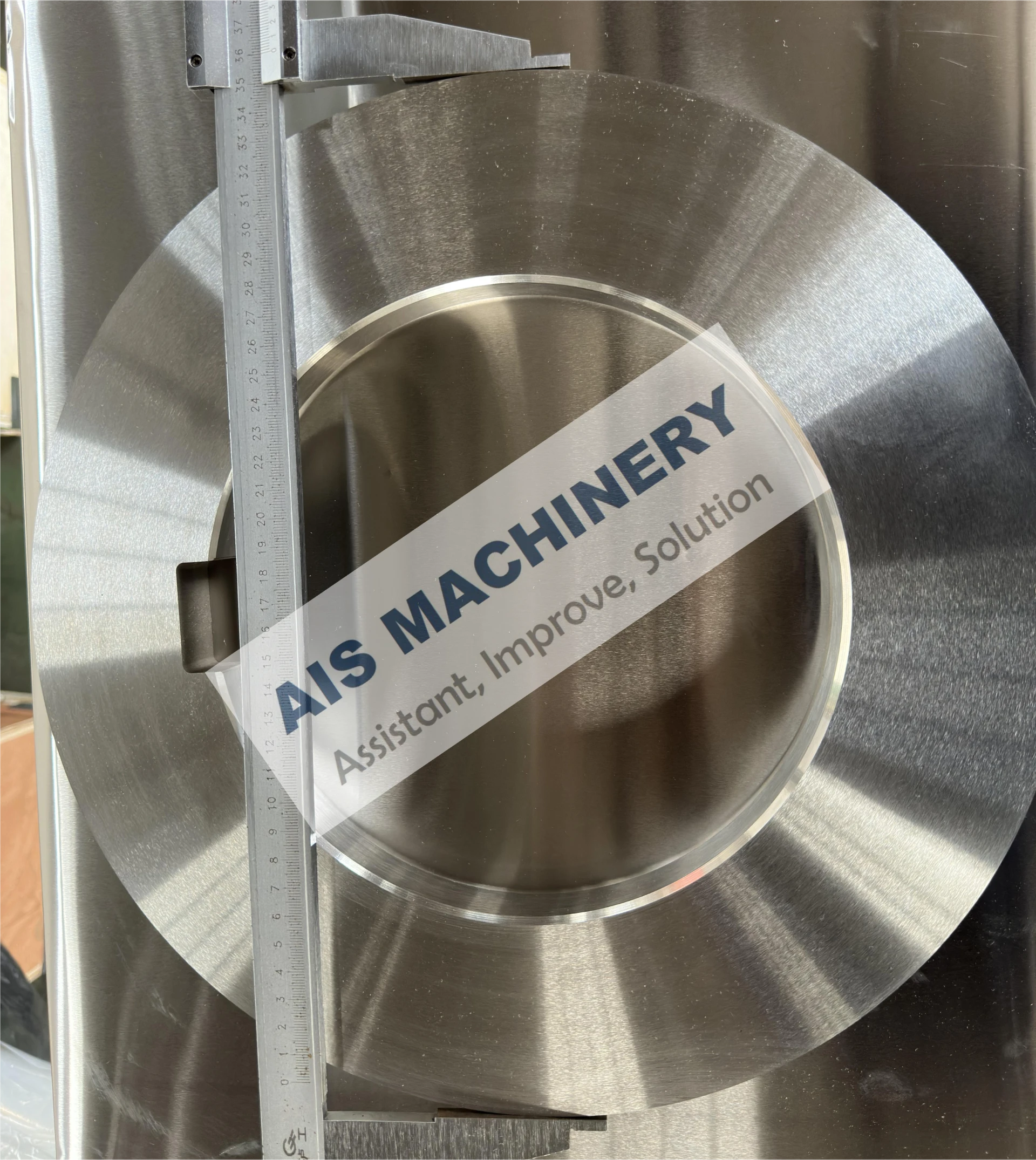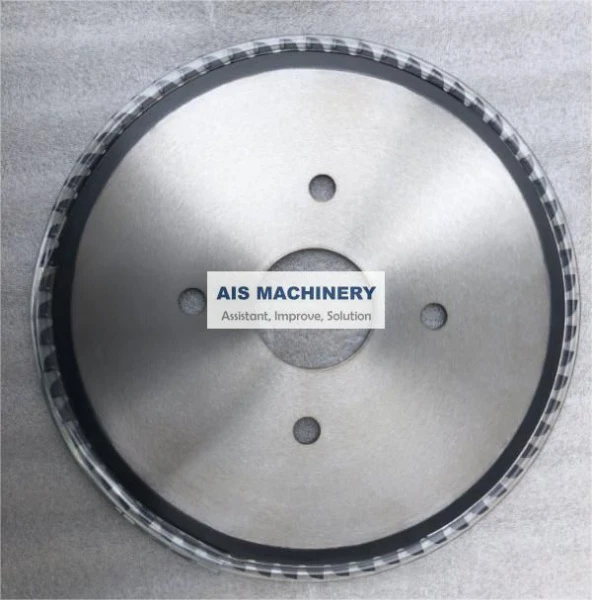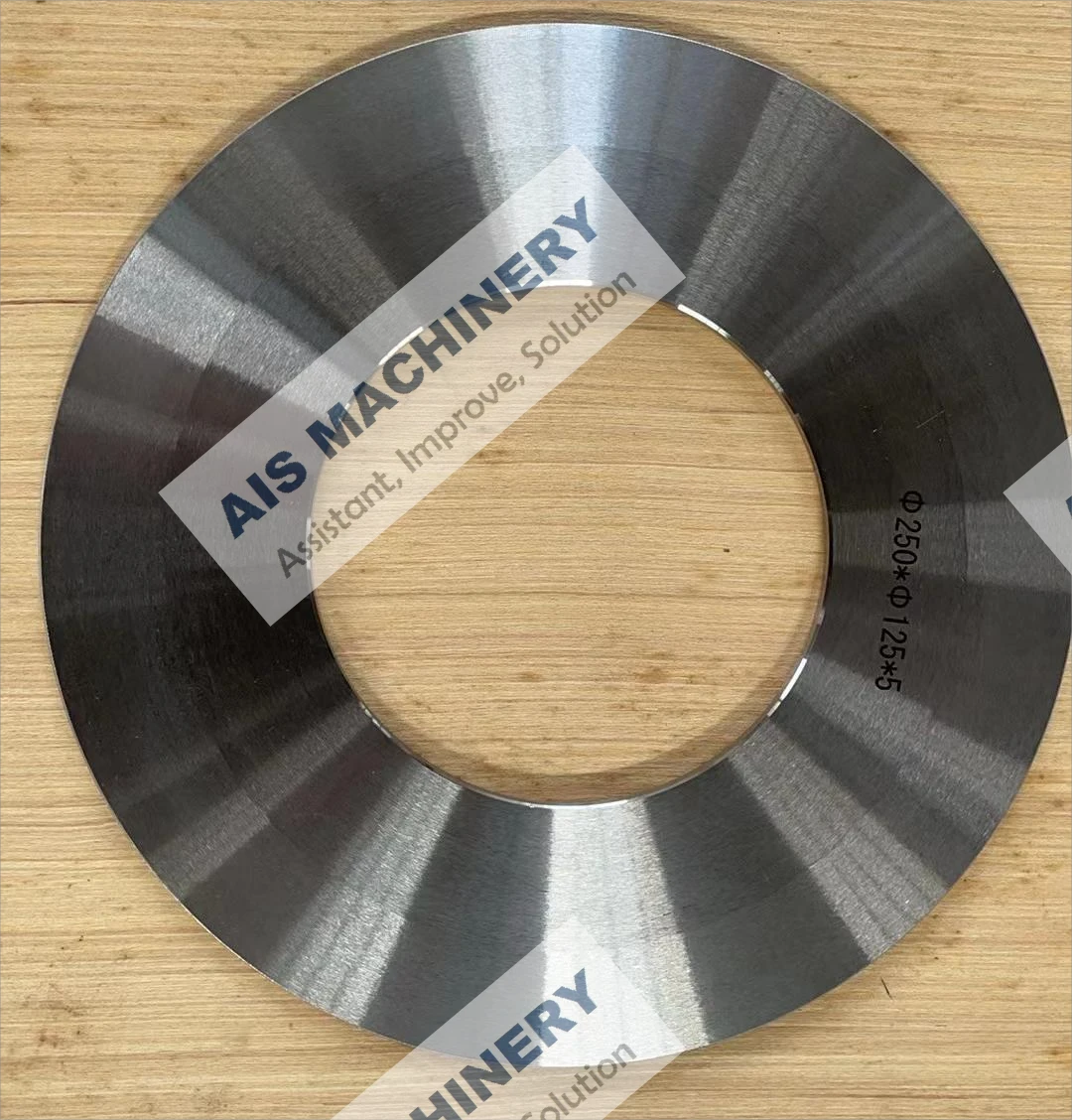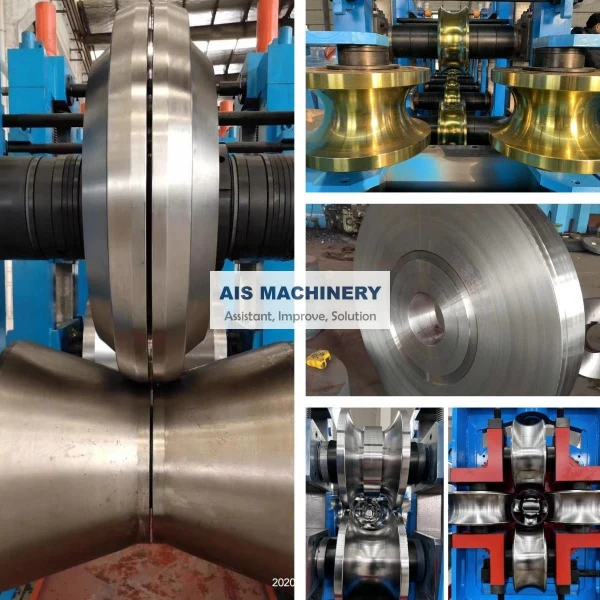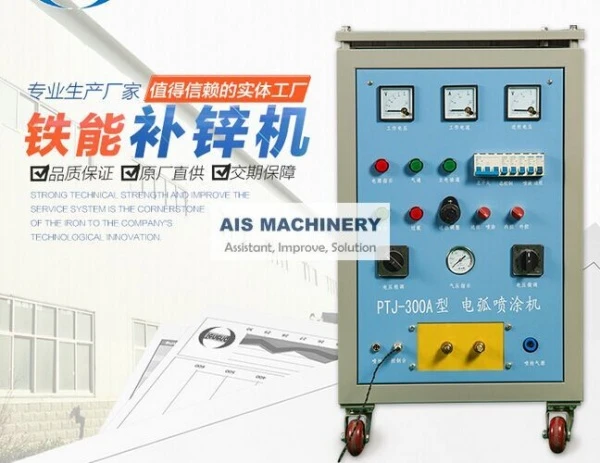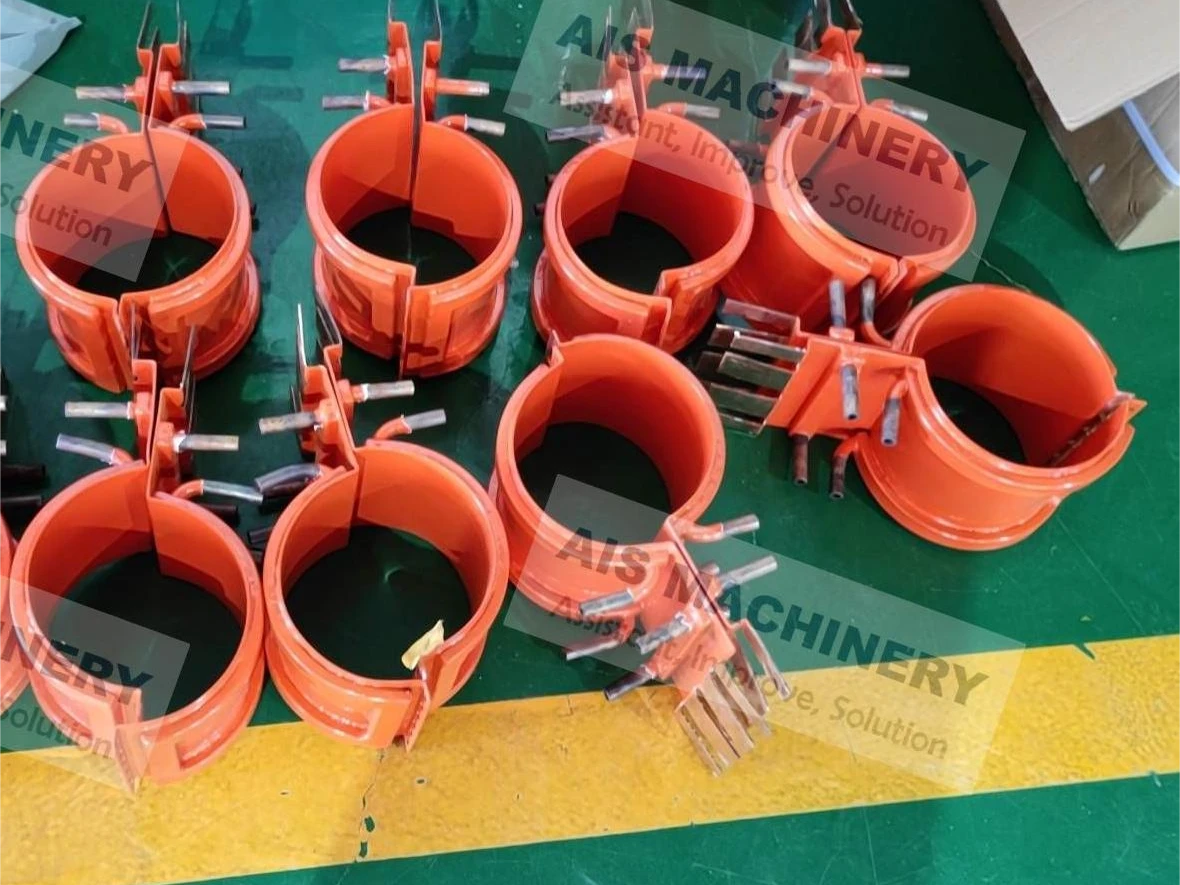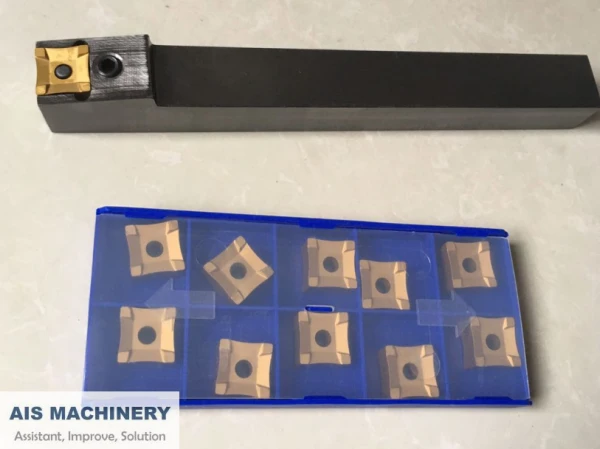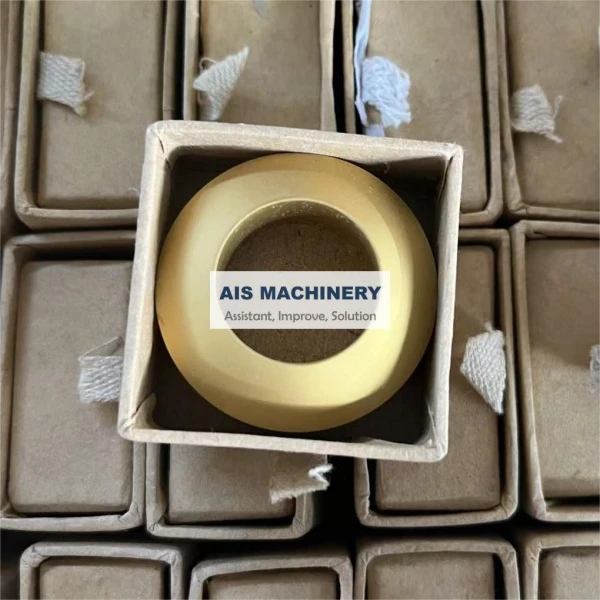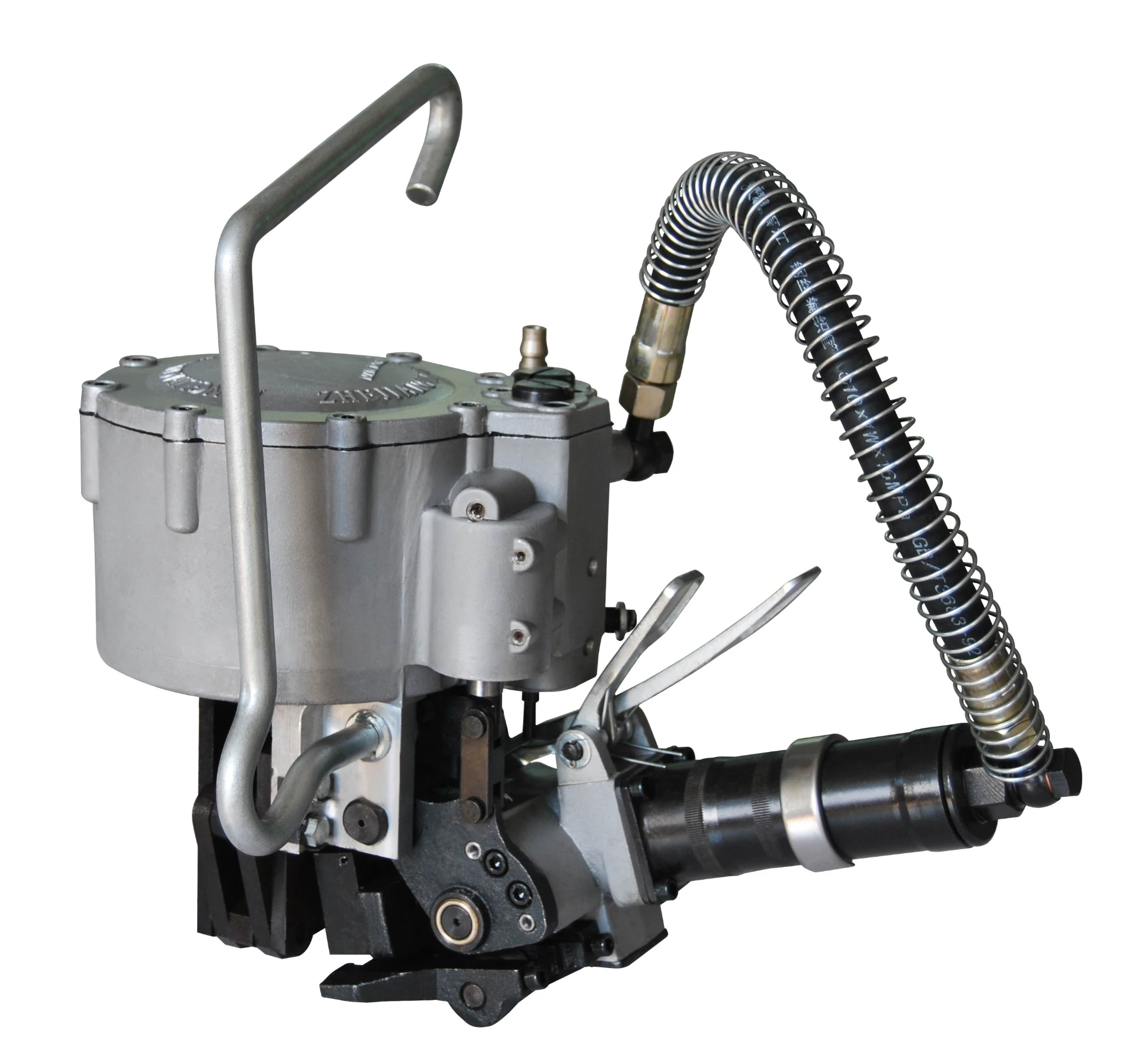スペアパーツ
A spare part is a component or accessory used to replace a damaged or worn-out part of a machine, device, or system. Spare parts are critical in maintaining the functionality and efficiency of equipment, ensuring minimal downtime and extending the lifespan of machinery. They are widely used in various industries, including automotive, manufacturing, electronics, and industrial machinery.Spare parts can range from simple components like bolts, gears, and filters to more complex parts such as motors, circuit boards, or hydraulic systems. The key function of spare parts is to provide a quick and efficient solution to equipment failure, reducing the need for complete system replacement. They are often designed to be identical or compatible with the original parts, ensuring seamless integration into existing systems.
In industries such as automotive, spare parts are essential for vehicle maintenance and repair. In manufacturing and industrial settings, spare parts are crucial for keeping production lines operational, preventing costly delays and disruptions. For electronics, spare parts like batteries, screens, or circuit boards ensure that devices remain functional over time.The availability and quality of spare parts are critical for smooth operations. Manufacturers often offer original spare parts (OEM parts) that are specifically designed for their machines, as well as aftermarket parts that may be more affordable but still compatible. Proper management and timely replacement of spare parts are essential in maintaining the overall performance and reliability of equipment.spare parts are integral to the maintenance and repair of machinery and systems, ensuring continued performance, reducing downtime, and extending the lifespan of equipment across various industries.
Importance and Necessity of Consumables and Spare Parts in the Operation of Longitudinal Welded Pipe Equipment and Slitting Equipment
Consumables and spare parts play a crucial role in the operation of longitudinal welded pipe equipment and slitting equipment. They not only ensure the stable operation of the equipment but also directly impact production efficiency and product quality. Proper management of consumables and spare parts can effectively reduce downtime, improve overall production efficiency, and ensure that the products meet quality standards.
1. Importance of Consumables and Spare Parts
-
Ensuring Continuous Production: In a high-demand production environment, equipment inevitably experiences wear or aging. Timely replacement of consumables and spare parts helps avoid equipment failures, ensuring the smooth operation of the production line.
-
Extending Equipment Life: High-quality consumables and spare parts effectively reduce the wear of equipment components, decreasing the need for repairs and extending the service life of the equipment.
-
Ensuring Product Quality: Consumables such as welding materials, cutting tools, lubricants, etc., directly affect the quality of products. Choosing the right consumables ensures smooth product surfaces, good welding quality, and reduces defect rates.
-
Optimizing Equipment Performance: The selection of consumables impacts the operational efficiency of the equipment. For example, the sharpness of cutting tools directly affects cutting accuracy, and suitable welding materials affect the strength of the welds. Using the right consumables and spare parts optimizes equipment performance and boosts production efficiency.
2. Necessity of Consumables and Spare Parts
-
Preventive Maintenance: Regular inspection and replacement of consumables and spare parts are part of preventive maintenance, effectively preventing equipment breakdowns and reducing downtime.
-
Emergency Repairs: Equipment may fail unexpectedly under heavy use, and having spare parts readily available allows for quick repairs, minimizing production stoppages.
-
Reducing Production Interruptions: Shortages of consumables and spare parts can lead to equipment downtime and production interruptions, increasing production costs. Therefore, maintaining an adequate inventory ensures continuous production and helps reduce operational costs.
3. How to Select Suitable Consumables
-
Quality and Specification Compatibility: Consumables and spare parts should match the specifications and model of the equipment. Choose high-quality products that meet the equipment's design requirements to ensure long-term reliability and stability.
-
Reliable Performance: Consumables and spare parts should be selected from tested and certified brands to ensure stable and consistent performance. For example, welding materials should be chosen based on their ability to withstand high temperatures and fast operations, while cutting tools should be durable and wear-resistant.
-
Supplier Reputation: Choose reliable, reputable suppliers who provide high-quality consumables and spare parts with timely delivery. Suppliers offering comprehensive after-sales service and technical support should be prioritized.
-
Cost and Benefit Balance: When selecting consumables and spare parts, consider both cost and benefit, ensuring quality while avoiding unnecessary costs from excessive procurement.
4. How Much Inventory of Consumables is Appropriate
-
Production Demand: Inventory levels should be determined based on the scale of production, the frequency of equipment use, and the replacement cycle of consumables. Equipment used frequently requires more spare parts inventory, while less frequently used equipment may need fewer spare parts.
-
Equipment Maintenance Cycle: Inventory levels should align with the maintenance cycle of the equipment. For example, for welded pipe equipment, welding materials and consumables should be stocked based on usage frequency and the maintenance schedule.
-
Safety Stock: To deal with unexpected equipment failures or production plan changes, it is advisable to keep a certain amount of safety stock. Generally, the safety stock should be 1 to 2 times the normal production requirement to cope with unforeseen demands.
-
Supply Chain Considerations: Consider the stability of the supply chain and the delivery times of suppliers to avoid production delays caused by supply interruptions. Inventory levels can be adjusted based on the delivery cycle and past delivery records of suppliers.
Conclusion
Proper management of consumables and spare parts is key to the efficient operation of longitudinal welded pipe equipment and slitting equipment. By selecting suitable consumables and spare parts, maintaining appropriate inventory levels, and performing regular inspections and replacements, companies can effectively reduce equipment downtime, increase production efficiency, ensure product quality, and lower long-term operational costs.
メッセージを送信
Dear customer, thank you for your attention! We provide high-quality machinery and equipment and look forward to your orders. Please inform us of your needs and we will respond quickly!



